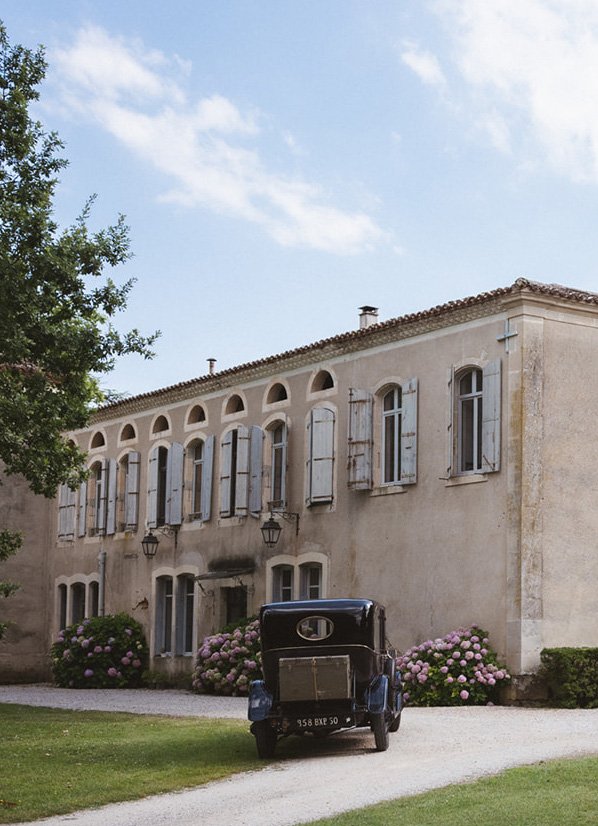
A 12th-century abbey
The Château de la Rode, whose origins date back to the 12th century, was a Cistercian abbey until the French Revolution. Originally, La Rode was a grange—so called because a few monks lived there and employed local peasants—dependent on the Abbey of Ardorel.
It was in 1114 that the Benedictine community settled at Ardorel in the Montagne Noire.
In 1124, Cécile of Provence, Viscountess of Béziers, summoned monks from Cadouin who enabled the young abbey to flourish amidst an estate that encompassed farms, tenant farms, and granges. It was at this time that Ardorel joined the Cistercian order.
The Cistercian order, founded in 1098, followed the rule of Saint Benedict, namely the vow of silence and the vow of perpetual abstinence. Highly austere yet also very well-organized, the Cistercian abbeys were all dependent on the mother abbey of Cîteaux. This order exerted its influence throughout Europe until the 15th century.

